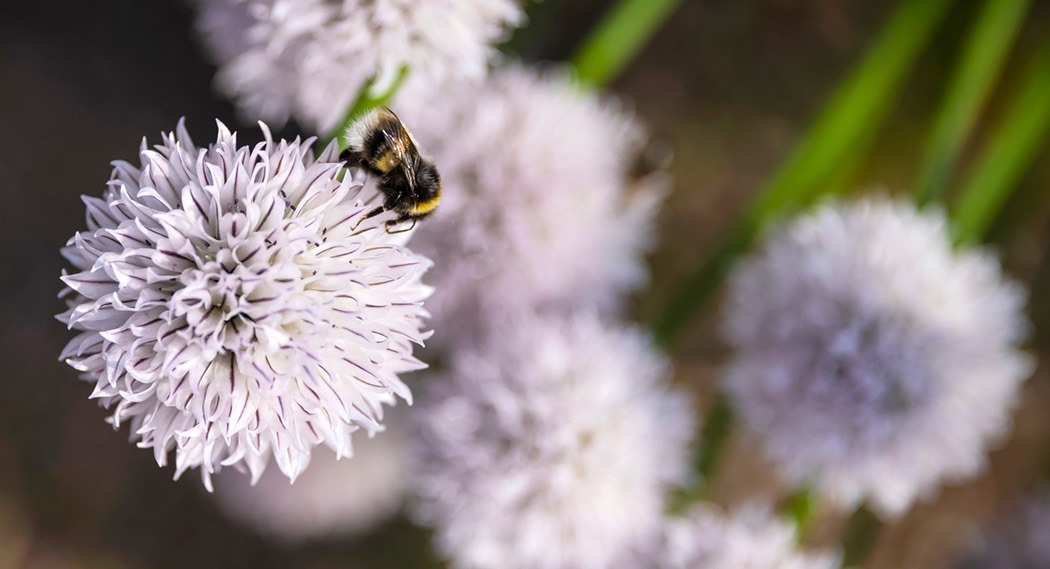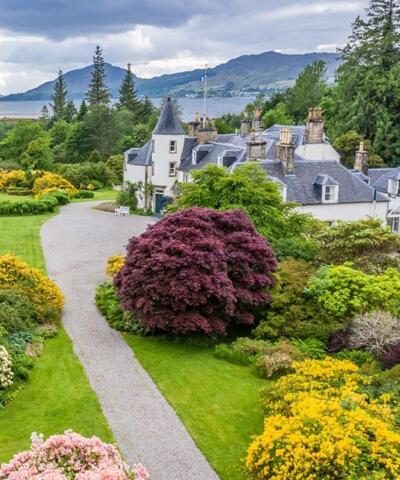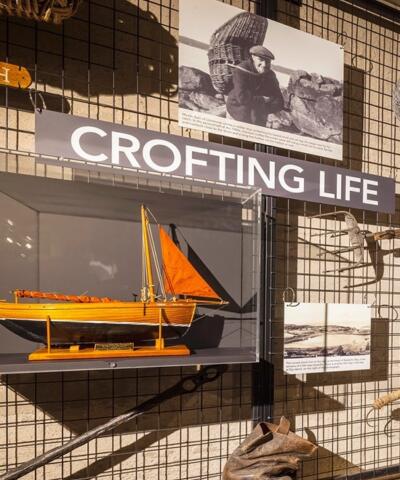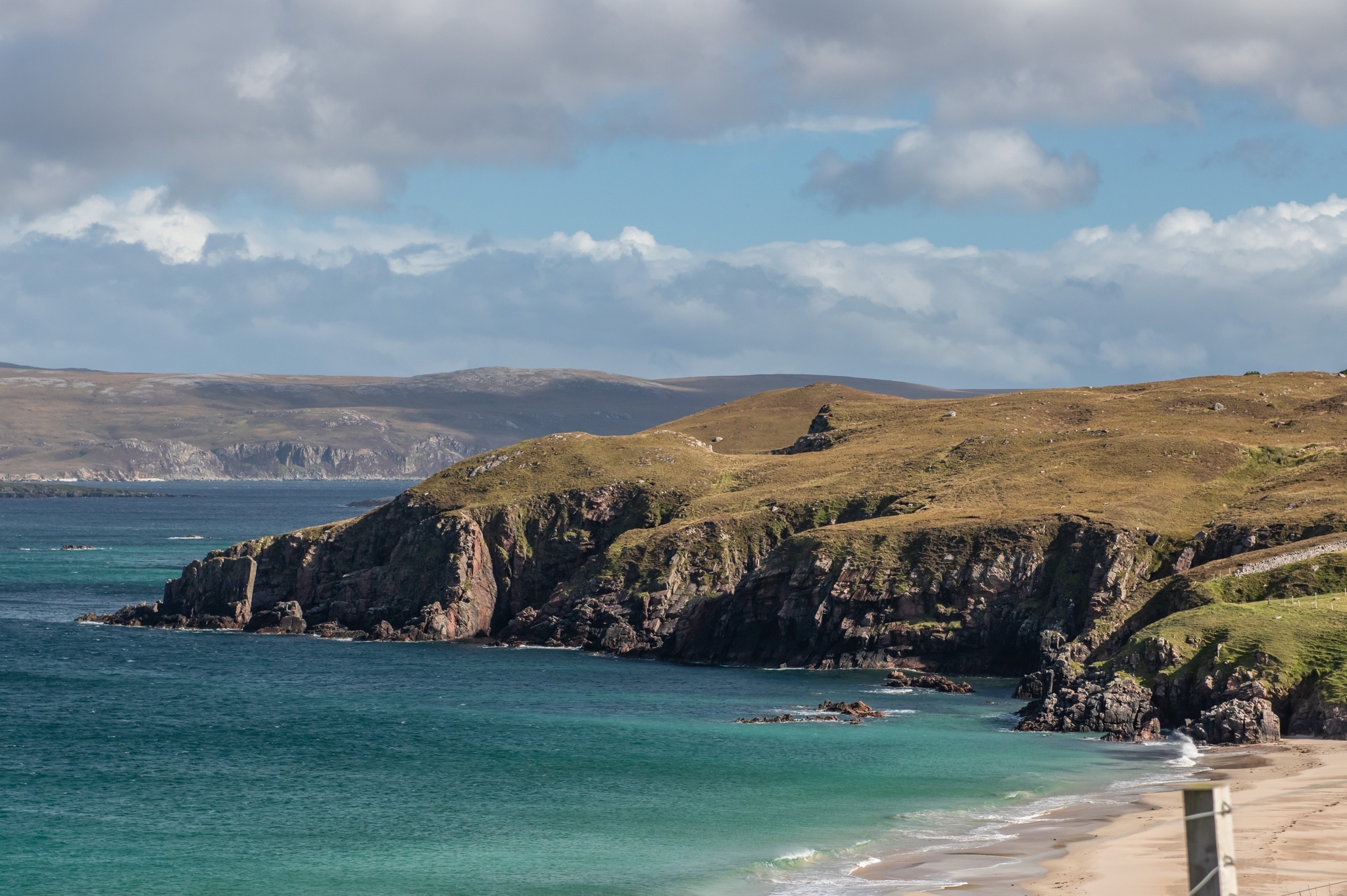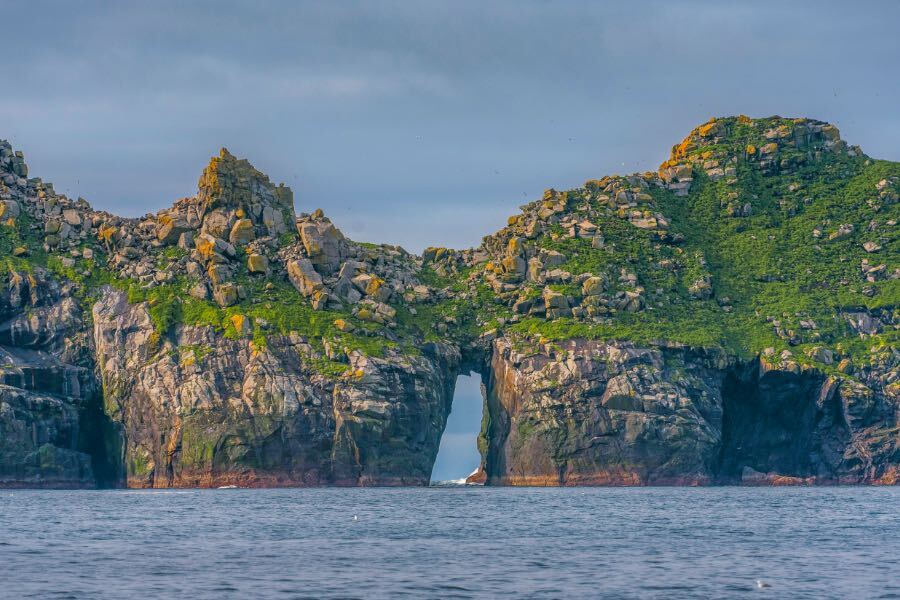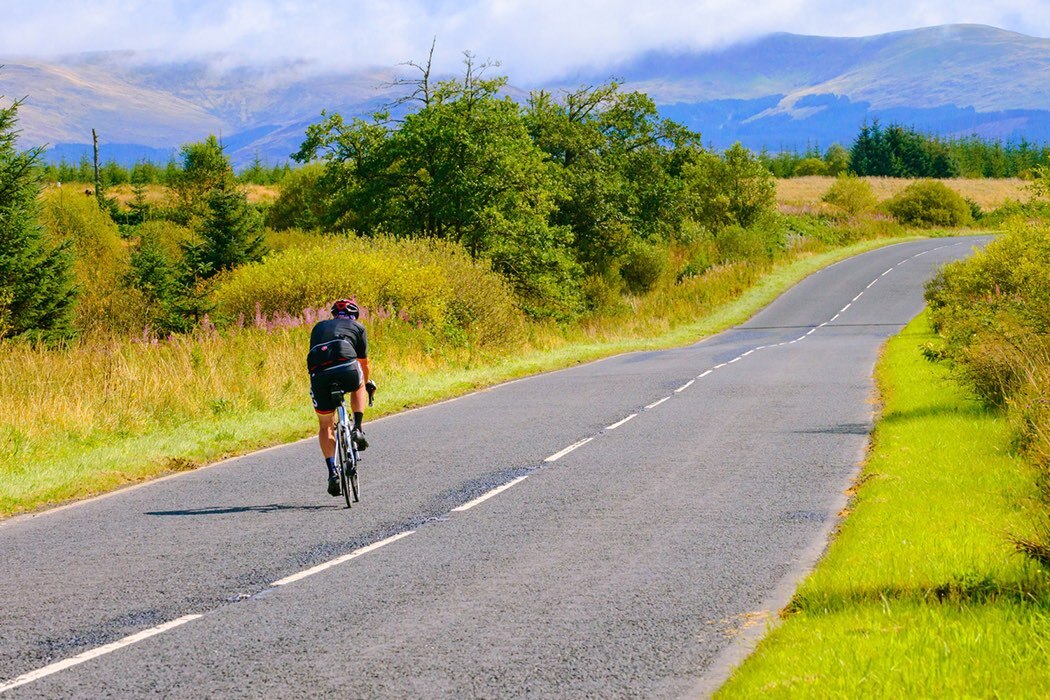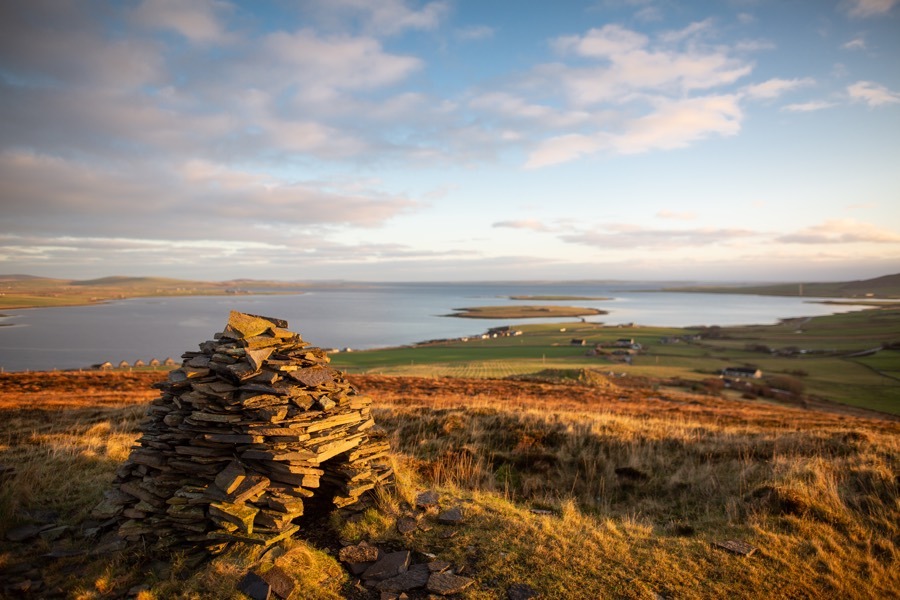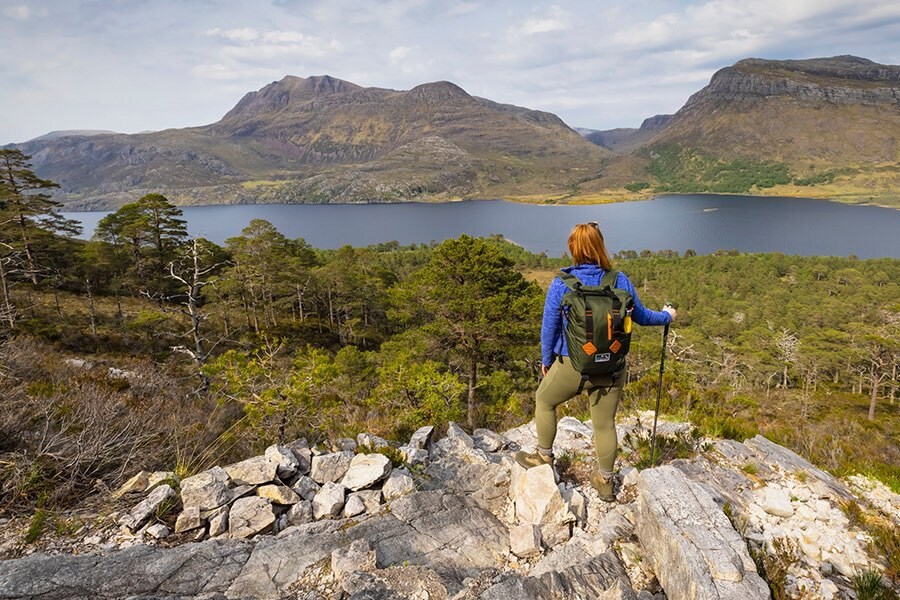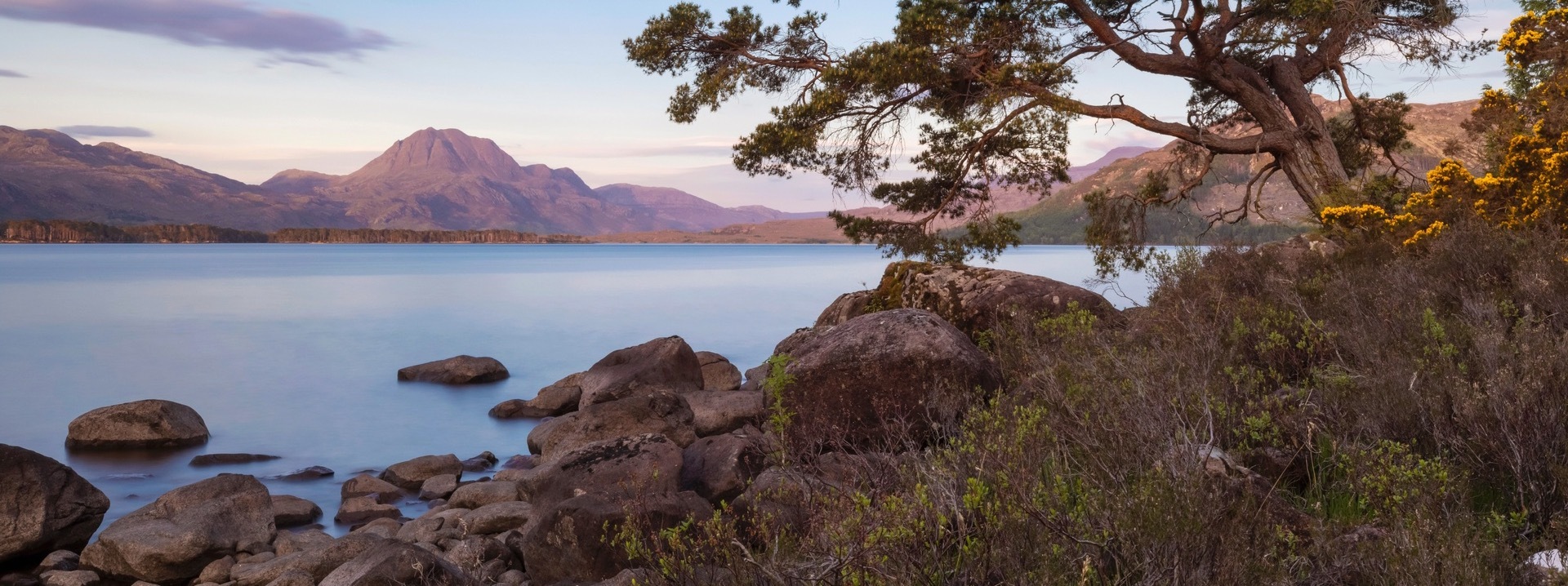
Wester Ross UNESCO Biosphere
Wester Ross is one of the most spellbinding places in the world. But it's also more than just spectacular scenery.
Slow down and appreciate the delicate and vital connection we share with our environment. Find out how these communities live in harmony with the land and sea.
Discover astounding natural beauty and eco-diversity. This natural playground in the north west Highlands has beautiful beaches, gleaming lochs, centuries-old pinewoods, deep glens, and lofty mountains. There's an incredible array of rare wildlife and plant species of international significance.
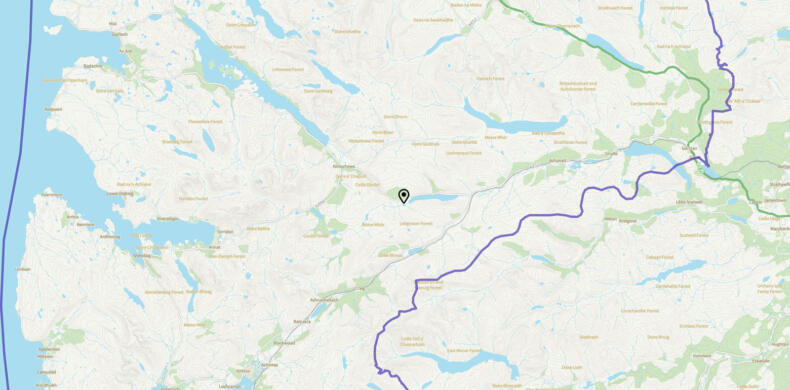
- The biosphere is 3,000 sq miles including 2 national scenic areas and 3 national nature reserves.
Discover why Wester Ross is so special
You will find the experience of Wester Ross' communities as captivating as the landscape. Discover authentic Highland culture and tradition. See how people have shaped and enriched this remote environment, and are now embracing a new and sustainable future.
Open your senses to the enthralling sound of the Gaelic language, music, song and storytelling; the flavours harvested using low-intensive methods; and rich craftsmanship and artistry in this secluded but accessible corner of Scotland.
People are amazed by the feeling of remoteness here – only 8,000 people live in the 5,000 km area.”
Explore the local area
Cycling, walking or kayaking are the best ways to really get in touch with this place. It lets you slow down and really engage with the environment and people.
Crofting culture has left an indelible mark upon the landscape of Wester Ross which you can observe at locations like the wood pasture at Coille Mhor, Drumbuie and Duirinish, and other villages such as Ullapool, Gairloch, Kinlochewe, Garve, Applecross and Glenelg, which embrace traditional low-intensive farming methods.
Sustainable local businesses
These Green Tourism businesses are assessed on everything from energy efficiency to biodiversity and awarded bronze, silver or gold.
We want Scotland's UNESCO Trail to be an opportunity to explore the country in a sustainable and responsible way.
The area is also home to biosphere supporters - these are businesses, communities and groups who are also committed to sustainable development. Check out the north Scotland journey below to see some of these businesses.
Best Local Attractions & Experiences
We've highlighted some of the best sustainable businesses around Wester Ross.
How to get here
The Wester Ross Biosphere is situated in the north west Highlands. It is one of the more remote areas of Scotland and has one of the lowest population densities in Europe. Despite this, it is still perfectly accessible to reach and explore.
Train
The nearest largest railway hub is Inverness Station which receives regular services from London, Glasgow, Edinburgh and Aberdeen. From here, it is possible to journey direct to Wester Ross with a number of stops on the Kyle of Lochalsh Line which is located between Strathcarron and Glen Carron stations.
Bus
Several buses services operate to Inverness from other main towns and cities including the CityLink coach services and Megabus budget buses.
Car
If travelling by car, take care while driving; the narrow, often single-track roads and steep climbs require careful attention. If possible, opt for an electric car or EV (electric vehicle). Charging stations are located throughout the Wester Ross area.
You can also hire a state-of-the-art Tesla and drive to and around Wester Ross. Vehicles are available for collection at Inverness Airport, and hubs in Edinburgh, Glasgow and Aberdeen.
Wester Ross has four main communities Ullapool, Gairloch, Lochcarron and Kyle of Lochalsh; all can be reached from the town of Fort William in under three hours, depending on the route taken. The city of Inverness is about an hour and 30 minutes from all locations.
Plane
If arriving by air, the nearest airport is Inverness which offers daily flights to and from destinations across the UK and Europe, including London Gatwick and Heathrow, Bristol, Manchester and Amsterdam. Glasgow International Airport offers flights to and from over 100 destinations around the world, as does Aberdeen International Airport.
Plan your journey
Advice on travelling to and around Fort William
Travel information and maps for Inverness
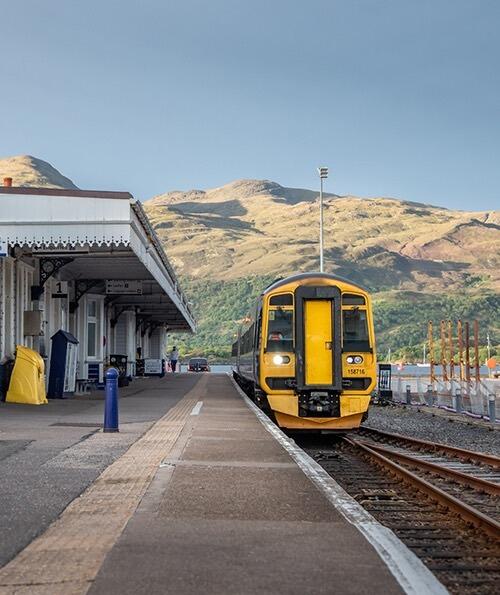
Experience more UNESCO sites
Make Wester Ross part of a longer trip - we can help you plan a trip to both UNESCO sites in north Scotland.
UNESCO Sites to Explore in North Scotland
Check out the beautiful UNESCO sites of North Scotland - the Wester Ross Biosphere and the North West Highlands Geopark.
View JourneyLearn more about the UNESCO Trail
Wester Ross was originally designated a UNESCO Biosphere in 1976 as Beinn Eighe, but it was expanded and renamed in 2016. It is part of an international network of over 700 biospheres around the world sharing knowledge, experience and ideas on how to make life better for people and nature.
Read more about Scotland's UNESCO Trail and watch UNESCO: Explained
Learn more about UNESCO
United Nations Sustainable Development Goals
Every UNESCO designation tries to include the UN Sustainable Development Goals in their work.
WHAT ARE THE SUSTAINABLE DEVELOPMENT GOALS (SDGS)?
An urgent call for action from a global partnership of countries.
Recognise that ending poverty and other deprivations comes from strategies to:
- improve health and education
- reduce inequality
- encourage economic growth
- tackle climate change
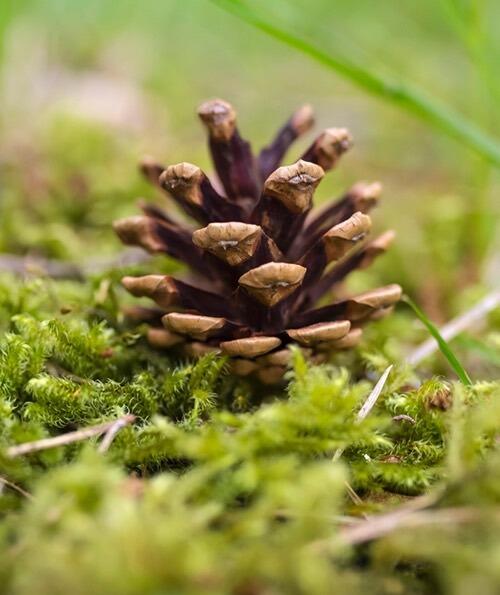
Wester Ross Sustainable Development Goals
Here’s how Wester Ross is working towards three of the goals.
Goal 8
Decent work & economic growth
Encouraging and supporting opportunities to become more sustainable in balance with the fragile economy.
Goal 15
Life on land
Conservation of the core and buffer zones is a key priority for the biosphere and promotion of sustainable land use and development is at the heart of their objectives.
Goal 17
Partnership for the goals
The biosphere works with, listens to and persuades - in conjunction with their resident population and visitors.
Useful links
More information
Wester Ross BiosphereVisiting the area
Highlands Ullapool iCentre Inverness iCentre